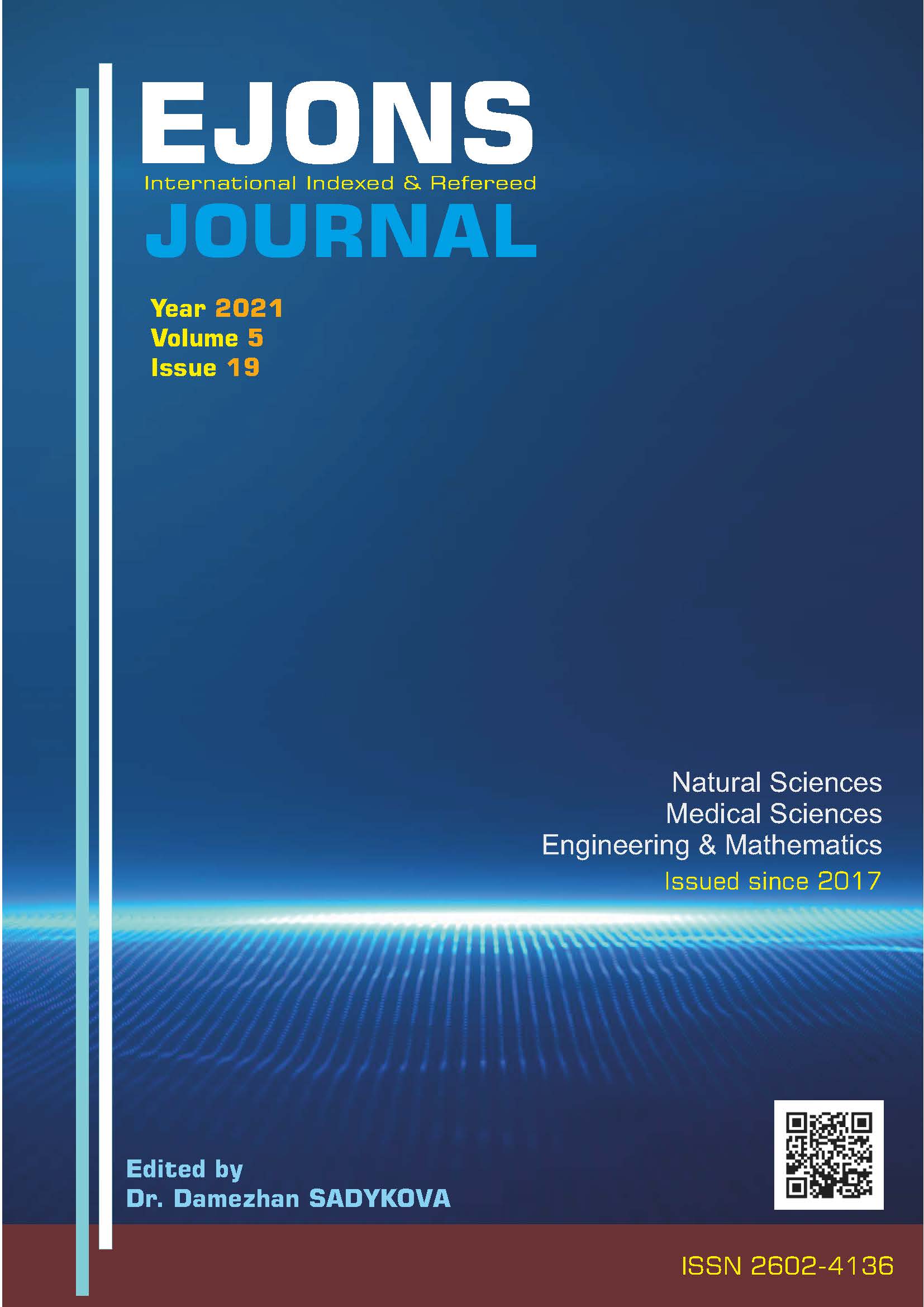THE EFFECT OF TOR SIGNALLING PATHWAY ON THE RESERVE CARBOHYDRATE METABOLISM IN SACCHAROMYCES CEREVISIAE
DOI:
https://doi.org/10.38063/ejons.461Keywords:
Nitrogen starvation, Glycogen, Trehalose, TOR1, Saccharomyces cerevisiaeAbstract
Trehalose and glycogen are deposited by Saccharomyces cerevisiae yeast cells as storage carbohydrates. Trehalose also serves as a stress protectant and protects yeast cells from physiological stresses. Reserve carbohydrates rapidly degraded to glucose when the yeast cells transferred from nutritionally poor to rich medium. The biosynthesis of trehalose is catalyzed by the TPS complex and the breakdown of trehalose is catalyzed by a neutral trehalase enzyme. The glycogen synthesis requires the activities of glycogenin, glycogen synthase and the branching enzyme. The breakdown of glycogen is catalyzed by glycogen phosphorylase and glucoamylase. TOR (Target of rapamycin) signalling pathway activates many cellular processes and signalling pathways under normal growth conditions in yeast. Besides rapamycin and caffeine treatment, a poor nitrogen source inhibits the TOR pathway. In this research, the effects of the TOR pathway on the reserve carbohydrate metabolism were investigated using ?tor1 mutant and its isogenic wild-type yeast strain during nitrogen starvation conditions. The trehalose content of wild type and ?tor1 yeast cells was similar in normal and nitrogen starved growth conditions. The accumulation of glycogen in ?tor1 mutants was higher than wild type at normal growth conditions. But, the nitrogen starvation triggered the glycogen accumulation 25-fold in wild type and 2-fold in mutant yeast cells. Nutrient replenishment has no considerable effect on the trehalose and glycogen content of mutant and wild type yeast cells. However, the reserve carbohydrate accumulation was continuously increase in non-replenished environment in mutant yeast cells. These results indicate that, TOR signalling pathway is more effective on glycogen metabolism. In addition, deletion of the TOR1 gene and inactivation of the gene product do not have the same effect on trehalose and glycogen metabolism.
Downloads
Published
How to Cite
Issue
Section
License

This work is licensed under a Creative Commons Attribution-NonCommercial 4.0 International License.


